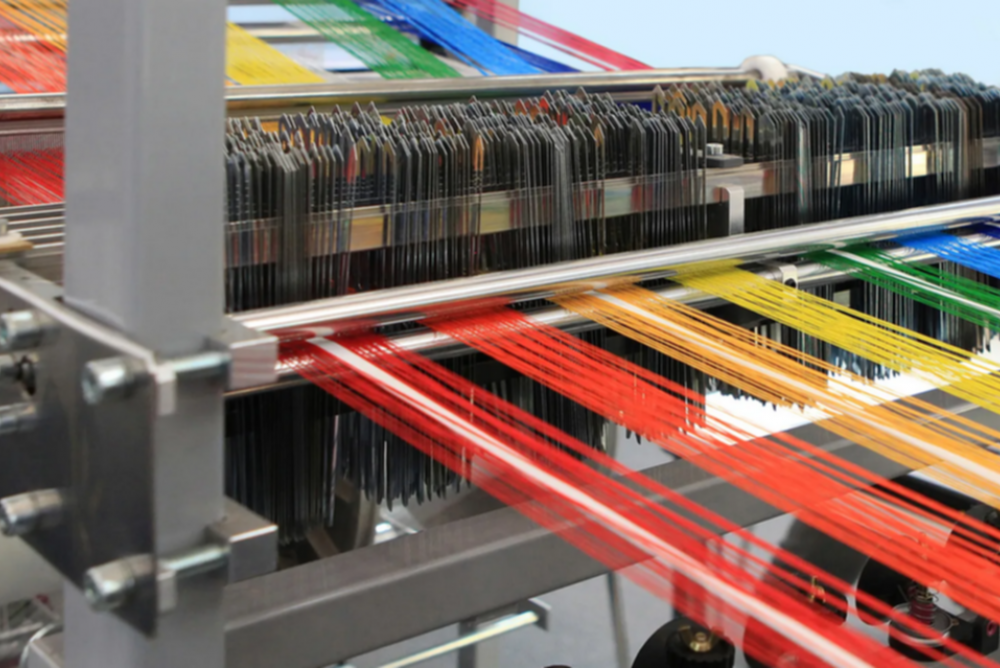An Overview of the Apparel Manufacturing Process
10 Jan


Posted By
0 Comment(s)
343 View(s)

The apparel manufacturing process involves a series of steps that transform raw materials into finished clothing products. From the initial design concept to the final product, there are many stages involved in the apparel manufacturing process. In this article, we will provide an overview of the main steps involved in the process.
- Design and development. The first step in the apparel manufacturing process is the design and development of the clothing product. This involves creating a concept or idea for the product, sketching out designs, and choosing the materials and colors to be used.
- Pattern making. Once the design concept has been developed, the next step is to create a pattern for the clothing product. A pattern is a template that is used to cut out the pieces of fabric that will be sewn together to create the finished product.
- Fabric selection and sourcing. The next step in the apparel manufacturing process is to select and source the fabric that will be used to make the clothing product. This involves choosing the right type and quality of fabric to suit the design and intended use of the product.
- Cutting and sewing. Once the fabric has been selected and sourced, it is cut into the pieces needed to create the clothing product according to the pattern. The pieces are then sewn together to create the finished product.
- Finishing and quality control. The final step in the apparel manufacturing process is the finishing and quality control stage. This involves any final touches or details that need to be added to the product, as well as checks to ensure that the product meets the required standards of quality and meets any customer specifications.
In conclusion, the apparel manufacturing process involves a series of steps that transform raw materials into finished clothing products. From the initial design and development stage to the final quality control checks, there are many stages involved in the process.





-500x500.jpg)
-500x500.jpg)
-500x500.jpg)
-500x500.jpg)
-500x500.jpg)